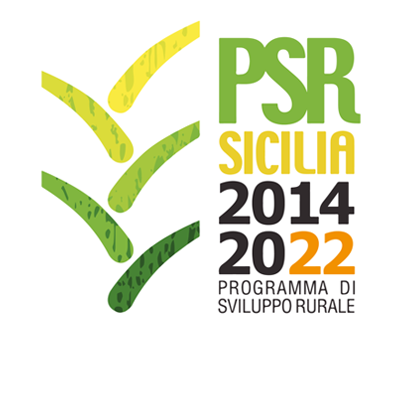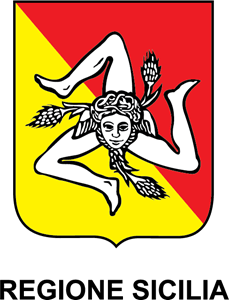Małopolski
Country
Specie
ISO3
POL
Language
pol.
Other name
Malopolski Horse
Breed classification (adaptedness)
Native
Breed classification (geographic)
Local
Adaptability to specific environment
Adapted to harsh field conditions.
Specific resistance or tolerance
Animals of this breed show good health, fitness, resistance to diseases and high endurance.
Other special qualities
This breed is known for efficient utilisation of fodder.
Color comments
uni coloured: mainly bay and grey also chestnut and black
Wither height males
165
Wither height females
162
Weight males
560.00
Weight females
500.00
Other specific visible traits
relatively light horse, lean constitution
Herdbook
y
Herdbook established
1963
Domestication status
domestic
Description of origin
The breed was developed on the basis of Austrian-Hungarian Halfbreds (Thoroughbreds x Arabian Horses). Registers for these type of horses were kept since the end of the 19th century.
Location within country
southern-eastern Poland
Local cryo conservation status
No Information
Local Risk
At Risk
Detailed local risk status
Endangered
Kłusak
Country
Specie
ISO3
POL
Language
pol.
Other name
Polish Trotter
Breed classification (adaptedness)
Exotic
Breed classification (geographic)
Local
Herdbook
y
Domestication status
domestic
Local cryo conservation status
No Information
Local Risk
At Risk
Detailed local risk status
Critical
Kuc szetlandzki
Country
Specie
ISO3
POL
Language
pol.
Transboundary name
Shetland Pony
Breed classification (adaptedness)
Exotic
Breed classification (geographic)
International
Herdbook
y
Domestication status
domestic
Local cryo conservation status
No Information
Local Risk
At Risk
Detailed local risk status
Critical
International Transboundary Risk detailed
Not at Risk
Hucuł
Country
Specie
ISO3
POL
Language
pol.
Transboundary name
Hutsul
Other name
Hucul Horse, Hutsul, Konie Huculskie
Breed classification (adaptedness)
Native
Breed classification (geographic)
Regional
Adaptability to specific environment
They are well adapted to harsh mounitain conditions.
Other special qualities
Hardy, docile, easy to handle and willing animals with low feeding requirements. Their intelligence and obedience make them ideal as family recreation horse. One of the best breeds for hippotherapy.
Color comments
uni coloured: predominantly bay, brown or dun <br>multi coloured: piebald
Efabis skin colour
uni coloured: bay, chestnut or dun <br>multi coloured: piebald
Wither height males
137
Wither height females
135
Weight males
420.00
Weight females
370.00
Other specific visible traits
Medium size horse with primitive features.
Herdbook
y
Herdbook established
1924
Domestication status
domestic
Description of origin
Native old saddle breed developed in the Carpathian Mountains. It has been imported from the east Carpatian Mountains (former Czechoslovakia and Romania) since 1950. Nowadays it is kept mostly in the mountainous regions (Bieszczadzki National Park).
Location within country
the mountain regions, some are kept in the mountain forest area called Bieszczady National Park
Local cryo conservation status
No Information
Local Risk
At Risk
Detailed local risk status
Endangered maintained
Regional Transboundary Risk (detailed)
Vulnerable
Czysta Krew Arabska (oo)
Country
Specie
ISO3
POL
Language
pol.
Transboundary name
Arab
Other name
Arab (PASP), Arabian Horse (PASP), Araby (oo)
Breed classification (adaptedness)
Locally adapted
Breed classification (geographic)
International
Adaptability to specific environment
The breed shows good performance in poor environmental conditions.
Specific reproductive characteristic
The breed is of late maturity, but known for its longevity.
Other special qualities
This breed is utilising fodder very efficiently. The animals are active, yet docile in temperament.
Color comments
uni coloured: grey, bay, chestnut, occasionally black
Wither height males
152
Wither height females
148
Weight males
450.00
Weight females
420.00
Other specific visible traits
extreme refinement and beauty
Herdbook
y
Herdbook established
1926
Domestication status
domestic
Description of origin
The first stud was established in 1795 by Sanguszko, followed by imports from Saudi Arabia by Dzieduszycki in 1845. Later further imports followed, the last one in 1930-31.
Year of origin
1795
Location within country
country-wide, mostly south-eastern Poland
Local cryo conservation status
No Information
Local Risk
At Risk
Detailed local risk status
Endangered
International Transboundary Risk detailed
Not at Risk
Arden
Country
Specie
ISO3
POL
Language
pol.
Transboundary name
Ardennes
Breed classification (adaptedness)
Exotic
Breed classification (geographic)
Regional
Herdbook
y
Herdbook established
2013
Domestication status
domestic
Local cryo conservation status
No Information
Local Risk
At Risk
Detailed local risk status
Critical
Regional Transboundary Risk (detailed)
Not at Risk
Horse
Country
Specie
ISO3
PNG
Breed classification (geographic)
Local
Domestication status
domestic
Taxonomic classification
Species
Description of origin
imported; Introduced systematically during the colonial era.
Local cryo conservation status
No Information
Local Risk
Unknown
Detailed local risk status
Unknown
Thoroughbred
Country
Specie
ISO3
PHL
Language
eng.
Transboundary name
Thoroughbred
Breed classification (geographic)
International
Domestication status
domestic
Taxonomic classification
Breed
Description of origin
imported from USA and Australia; exotic
Local cryo conservation status
No Material
Local Risk
Unknown
Detailed local risk status
Unknown
International Transboundary Risk detailed
Not at Risk
Tagaytay pony
Country
Specie
ISO3
PHL
Breed classification (geographic)
Local
Domestication status
domestic
Taxonomic classification
Breed
Description of origin
indigenous breed
Local cryo conservation status
No Material
Local Risk
Unknown
Detailed local risk status
Unknown




